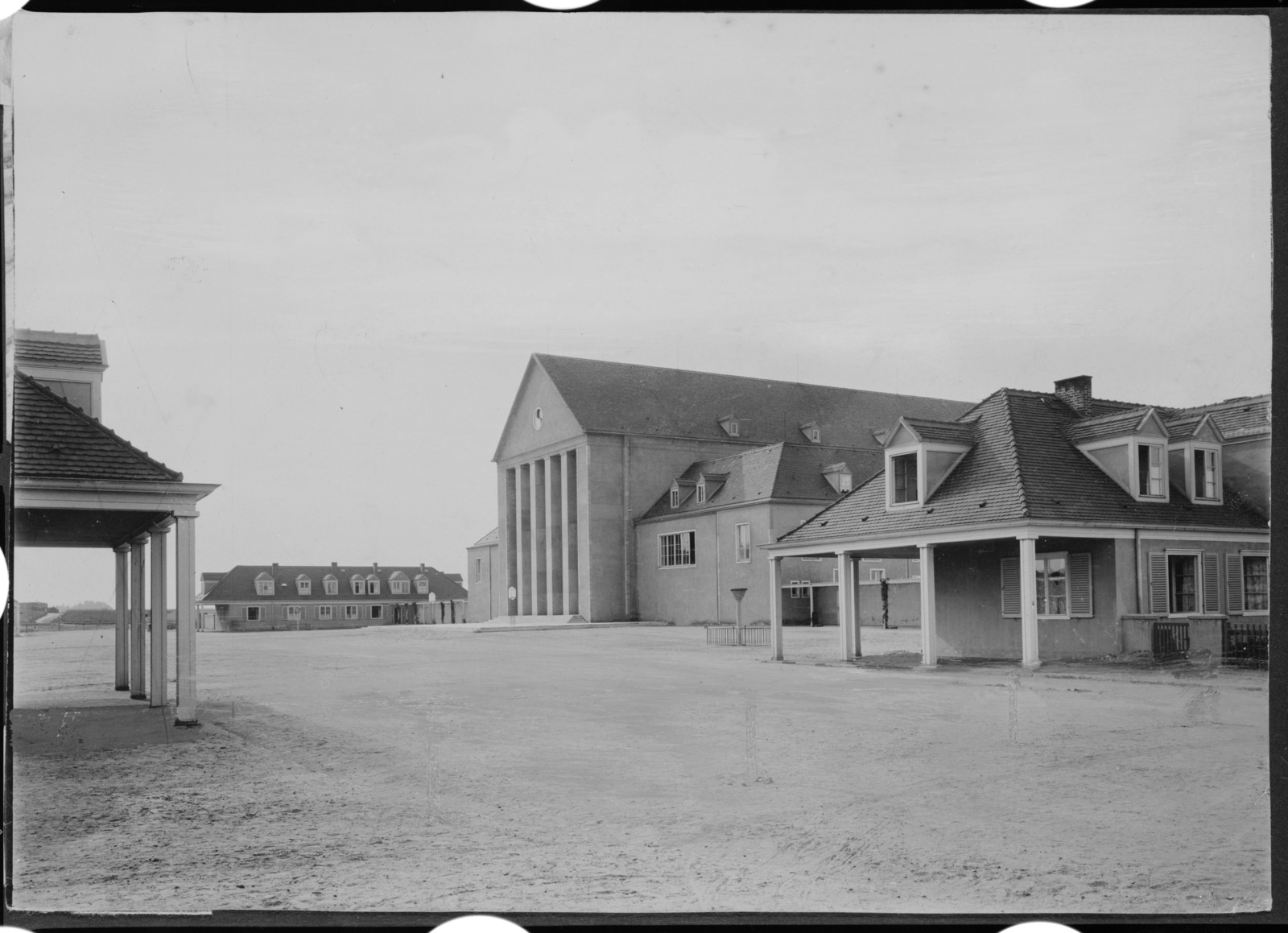The Festspielhaus as Soviet barracks
Jane Jannke, born in 1979, has been researching for ten years the eventful face of the almost 50 years of Soviet occupation in Dresden from 1945 to 1992 and in particular the fates of Soviet soldiers and civilians who died during their service in the garrisons in and around Dresden. Today she is an important contact for relatives in the search for “lost” or untraceable graves. The preservation of the memory of half a century of Dresden’s post-war and occupation history as well as the preservation of the Soviet Garrison Cemetery on Dresden’s Marienallee are a major concern of hers. In contact with numerous soldiers, officers and civilians formerly stationed in Dresden, Jannke, as the “occupation child” of a conciliatory perspective on a childhood between pioneer cloth and barracks wall, is on the trail of a childhood that shows the occupiers as human beings – with all their human strengths and weaknesses. What did it look like behind the walls? How did the soldiers live here right next to the Dresdeners? How did they think and feel? Why did so many of them die during their service? And what remained of them after the withdrawal in 1991/92?
In the Festspielhaus Hellerau, the time of the Soviet occupation is present in bright colors as soon as you enter the foyer of the house, which until 1992 was a barracks and a military hospital. Huge wall frescoes bear witness to those years when the Festspielhaus area disappeared behind iron gates with a red star on them for the vast majority of Dresdeners. What do they show? How old are they? And who painted them? Jannke has succeeded in locating the artist who now lives in Belarus – and thus in revealing the secret of the Hellerau murals.


